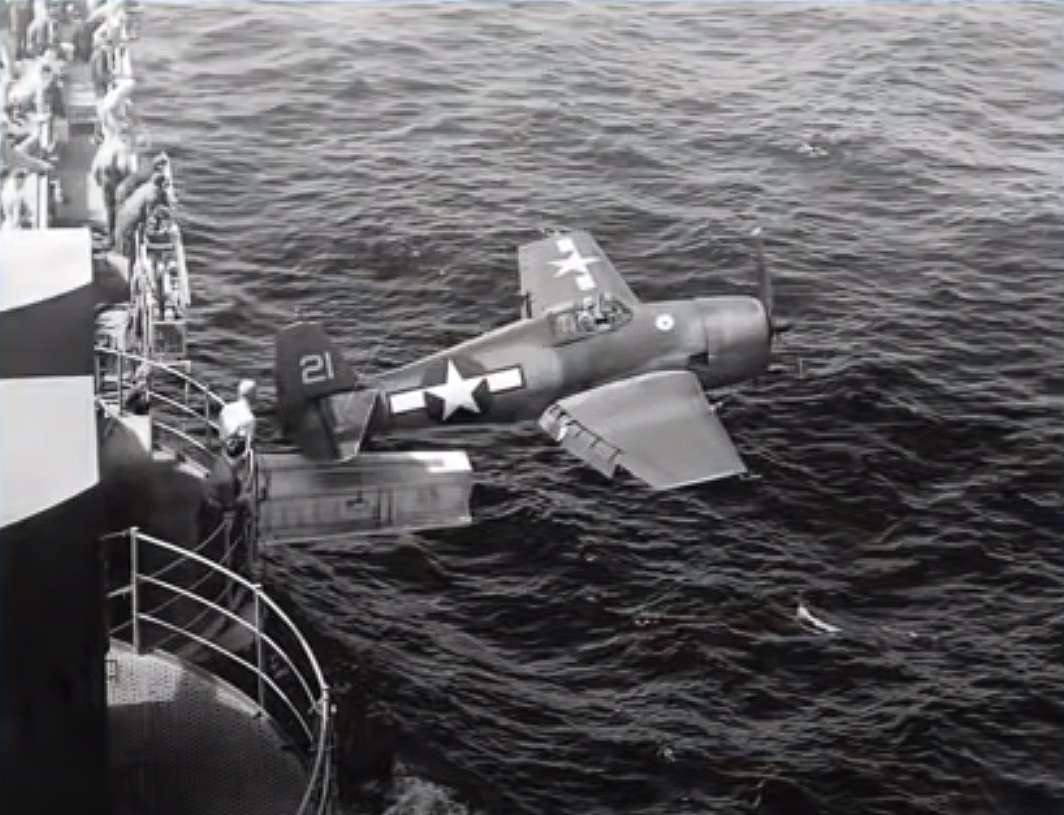

The Hellcat ranked at the top in most categories, making it one of the best fighters in the war, an amazing accomplishment considering the very short design-to-production period. Late in the war the Navy conducted evaluations of Allied and captured Axis fighters. ‘The question was about their first encounter….
#Japanese fighter pilot movie#
'Ever since I saw the movie Top Gun when I was in primary school, I have always admired fighter jet pilots,' said Matsushima to.

After completing training, she was officially integrated into the Air Self Defense Force on August 24, 2018. ‘With it’s speed, armament and armoured protection the Grumman F6F Hellcat was a rude awakening for the Imperial Japanese pilots.’ History will remember Misa Matsushima as the first Japanese female fighter pilot. ‘Misidentification is a bitch, and Sueda assuming his opponent was a Wildcat went into his climbing loop and Duncan with his spanking new F6F Hellcat with a 2000 HP P&W R-2800 engine followed Sueda into his climb and blew him out of the sky. ‘Sueda was very good at luring F4F Wildcats into a climbing loop and when the Wildcat stalled and fell away, Sueda would wing over and destroy the Wildcat. ‘Duncan’s second chance at aerial combat involved a A6M Zero flown by Japanese Ace Warrant officer Toshiuki Sueda with nine victories.

This rookie naval aviator was the first to secure a victory against the vaunted A6M Zero in a F6F Hellcat,’ says Maryellen Reilly, a WWII expert, on Quora. ‘Ensign Robert Duncan was deployed on the USS Yorktown in Fighting Squadron 5 in the fall of 1943. Outperforming the famous Japanese A6M Zero, the F6F achieved an amazing 19:1 kill ratio, downing 5,156 enemy aircraft in just two years, accounting for 75 percent of the Navy’s aerial victories during the war.īut what was the first encounter between an Imperial Japanese fighter pilot and the legendary Hellcat? Its combat operations began in August 1943 in an attack on Marcus Island by Fighting Squadron (VF) 5 aboard USS Yorktown (CV-10). One of the top fighters of World War II, Grumman’s F6F Hellcat went from the experimental stage to operational employment in less than 18 months. Outperforming the famous Japanese A6M Zero, the F6F Hellcat achieved an amazing 19:1 kill ratio, downing 5,156 enemy aircraft in just two years, accounting for 75 percent of the Navy’s aerial victories during the war.


 0 kommentar(er)
0 kommentar(er)
